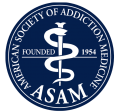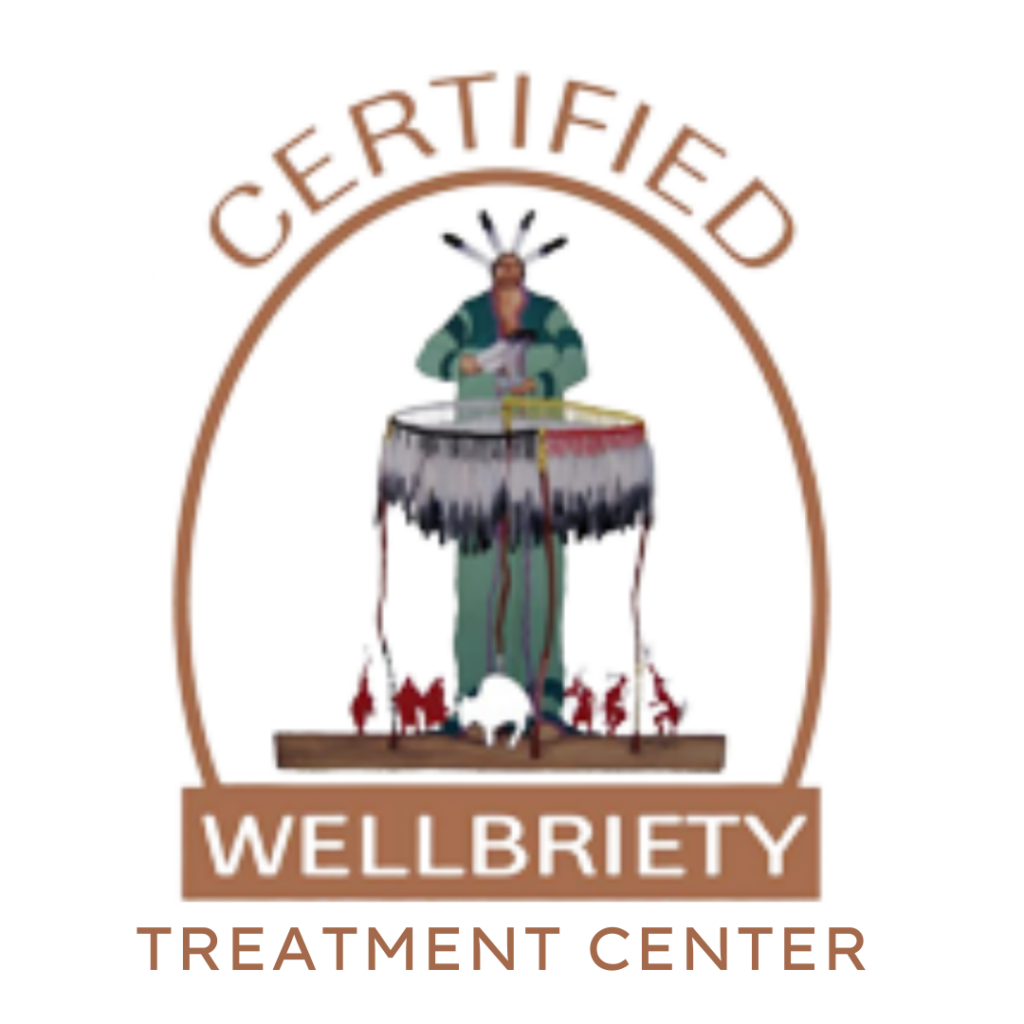Sometimes intravenous drug users will incur diseases of the blood by way of sharing syringes, or even by reusing their own. In fact, intravenous drug users make up 50 to 90 percent of all viral infections, according to the Center for Infectious Disease Research, which has little to do with the drug itself so much as the equipment that intravenous drug users will use to shoot up the drug.
Heroin, cocaine, methamphetamine, and pills that can be crushed into powder all can be injected; to do so, one must add water to the substances, mix the water in a container called a spoon or a “cooker,” and then up the IV mixture through cotton that has been rolled into a ball to serve as a filter.
This presents a problem for intravenous drug users who share not only syringes—whose needle points become contaminated upon entering a person’s vein—but from shared cookers and cotton as well.
Hepatitis C is one such disease that people with substance use disorder who share syringes contract, the symptoms of which include fatigue, diminished appetite, jaundice, dark urine, and bruising and bleeding easily. Sometimes spider-like blood vessels called spider angiomas may branch across the skin while confusion and drowsiness and slurred speech interfere with daily functioning.
Between 2010 and 2012, the number of annual Hepatitis C diagnoses grew to about 23,000, according to the Centers for Disease Control, with the average age of those infected being twenty-four. Some deadlier complications which arise from HCV infection may persist for years problematically, resulting in liver failure through cirrhosis and cancer.
Another infectious disease that may arise from shared syringes is HIV. In 2015, in Scott County, Indiana—where syringe exchange programs were inaccessible to drug users and syringe sales were not permitted for purchase in pharmacies without a prescription—an HIV epidemic spread deep into the land. This number includes the 9 percent of HIV infections in the United States that were attributable to drug use in 2015, where 79 percent of these cases were diagnosed in urban areas.
On Jan. 12, 2018, the CDC released data showing that more than 1 in 4 people who inject drugs use unclean syringes, many of whom have not had an HIV test in a year.
Apart from sharing syringes, repeated use of the same syringe—which, over time, becomes dirty and dull—can introduce bloodborne pathogens into the user’s bloodstream, encouraging bacterial growth around the heart, a condition known as sepsis.
Some of the symptoms of sepsis include chills, moderate to high fever, pale skin, elevated heart rate, weakness, and labored breathing—with advanced symptoms leading to confusion, red spots upon the skin which may grow into purple lesions, septic shock, strained urinary function, and organ failure.
Yet another life-threatening condition caused by bacteria forming around a puncture wound can appear in the form of a flesh-eating disease known as necrotizing fasciitis, in which the skin blisters into an abscess, blackens, dies, and falls away, leading to loss of limbs.
IV drug use is the most dangerous form of end-stage addiction. As the opioid epidemic spreads ever fiercely into America’s towns and neighborhoods, more and more young people have turned to taking their drugs intravenously, in the hope of catching an instant, more euphoric rush. Lack of knowledge about the dangers of IV drug users may lead many to sharing and reusing their syringes.
In the guise of harm reduction—and tempering the spread of infectious disease—we at the Royal Life Centers at the Haven detox seek to educate our clients on the perils of IV drug use. If you or anyone you know is currently struggling with intravenous drug use, please contact Royal Life Centers at The Haven. Our admissions staff is available 24/7 at (877)-RECOVERY.
- Is Kombucha Okay to Drink in Recovery? - May 29, 2019
- Addiction Treatment: Common Co-Occurring Disorders - May 16, 2019
- 10 Tips for Meditation in a Drug Rehabilitation Center - May 8, 2019
























